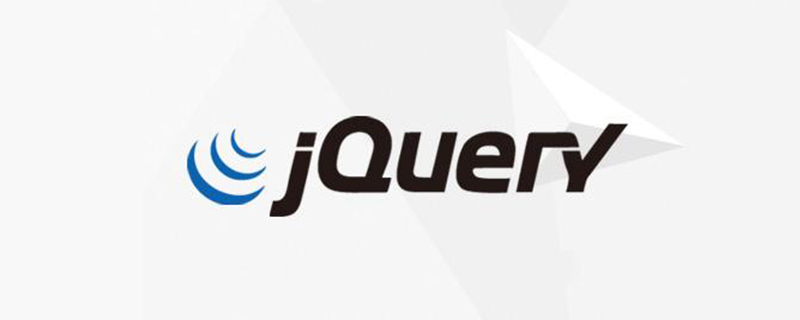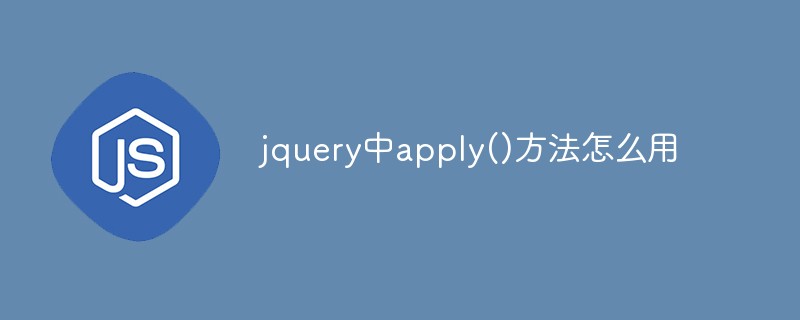jQuery plug-in development
Generally speaking, the development of jQuery plug-ins is divided into two types: one is the global function hanging under the jQuery namespace, which can also be called a static method; the other is the jQuery object level method, that is A method that is hung under the jQuery prototype so that jQuery object instances obtained through the selector can also share this method.
1. jQuery extension
1. $.extend(object)
Similar to the .Net extension method, used to extend jQuery. Then you can call it using $..
$(function(){
$.extend({ fun1: function () { alert("为jQuery扩展一个fun1函数!"); } });
$.fun1();
})
2. $.fn.extend(object)
Extend jQuery object.
$.fn.extend({ fun2: function () { alert("执行方法2"); } });
$("#id1").fun2();
You can use google to see:

The above writing is equivalent to:
$.fn.fun2 = function () { alert("执行方法2"); }
$(this).fun2();
2. Private domain
It is defined as follows:
(function ($) { })(jQuery);
//相当于
var fn = function (xxoo) { };
fn(jQuery);
The following code pops up 123.
$(function(){
var fn = function (xxoo) { };
fn(alert(123));
})
3. Basic steps to define a plug-in
1. Define the scope
When developing a jQuery plug-in, you must first isolate the plug-in code from the outside world. External code is not allowed to directly access the internal content of the plug-in. Code, the code inside the plug-in does not affect the outside.
//Step 1 Define the plug-in private scope
(function ($) {
})(jQuery);
This will ensure that the code inside the plug-in is isolated from the outside world.
2. Extend jQuery
After defining the scope, in order to allow external calls, you need to extend the plug-in to jQuery.
//步骤1 定义私有作用域
(function ($) {
//步骤2 插件的扩展方法名称
$.fn.MyFrame = function (options) {
}
})(jQuery);
3. Default value
After defining the jQuery plug-in, if you want some parameters to have default values, you can specify them in this way.
//步骤1 定义私有作用域
(function ($) {
//步骤3 插件的默认值属性
var defaults = {
Id: '#id1',
};
//步骤2 插件的扩展方法名称
$.fn.MyFrame = function (options) {
//步骤3 合并用户自定义属性,默认属性(如果options为空,则使用defaults)
var options = $.extend(defaults, options);
}
})(jQuery);
4. Support jQuery selector
//步骤1 定义私有作用域
(function ($) {
//步骤3 插件的默认值属性
var defaults = {
Id: '#id1',
};
//步骤2 插件的扩展方法名称
$.fn.MyFrame = function (options) {
//步骤3 合并用户自定义属性,默认属性(如果options为空,则使用defaults)
var options = $.extend(defaults, options);
}
//步骤4 支持jQuery选择器
this.each(function () {
});
})(jQuery);
5. Support jQuery chain call
//步骤1 定义私有作用域
(function ($) {
//步骤3 插件的默认值属性
var defaults = {
Id: '#id1',
};
//步骤2 插件的扩展方法名称
$.fn.MyFrame = function (options) {
//步骤3 合并用户自定义属性,默认属性(如果options为空,则使用defaults)
var options = $.extend(defaults, options);
}
//步骤4 支持jQuery选择器
//步骤5 支持链式调用(将步骤4返回)
return this.each(function () {
});
})(jQuery);
6. Plug-in internal methods
//步骤1 定义私有作用域
(function ($) {
//步骤3 插件的默认值属性
var defaults = {
Id: '#id1',
};
//步骤6 在插件里定义函数
var MyFun = function (obj) {
alert(obj);
}
//步骤2 插件的扩展方法名称
$.fn.MyFrame = function (options) {
//步骤3 合并用户自定义属性,默认属性(如果options为空,则使用defaults)
var options = $.extend(defaults, options);
}
//步骤4 支持jQuery选择器
//步骤5 支持链式调用(将步骤4返回)
return this.each(function () {
//步骤6 在插件里定义函数
MyFun(this);
});
})(jQuery);
Due to scope Relationships, the private functions of step 6 are currently allowed for internal use by plugins.
 jquery实现多少秒后隐藏图片Apr 20, 2022 pm 05:33 PM
jquery实现多少秒后隐藏图片Apr 20, 2022 pm 05:33 PM实现方法:1、用“$("img").delay(毫秒数).fadeOut()”语句,delay()设置延迟秒数;2、用“setTimeout(function(){ $("img").hide(); },毫秒值);”语句,通过定时器来延迟。
 jquery怎么修改min-height样式Apr 20, 2022 pm 12:19 PM
jquery怎么修改min-height样式Apr 20, 2022 pm 12:19 PM修改方法:1、用css()设置新样式,语法“$(元素).css("min-height","新值")”;2、用attr(),通过设置style属性来添加新样式,语法“$(元素).attr("style","min-height:新值")”。
 axios与jquery的区别是什么Apr 20, 2022 pm 06:18 PM
axios与jquery的区别是什么Apr 20, 2022 pm 06:18 PM区别:1、axios是一个异步请求框架,用于封装底层的XMLHttpRequest,而jquery是一个JavaScript库,只是顺便封装了dom操作;2、axios是基于承诺对象的,可以用承诺对象中的方法,而jquery不基于承诺对象。
 jquery怎么在body中增加元素Apr 22, 2022 am 11:13 AM
jquery怎么在body中增加元素Apr 22, 2022 am 11:13 AM增加元素的方法:1、用append(),语法“$("body").append(新元素)”,可向body内部的末尾处增加元素;2、用prepend(),语法“$("body").prepend(新元素)”,可向body内部的开始处增加元素。
 jquery中apply()方法怎么用Apr 24, 2022 pm 05:35 PM
jquery中apply()方法怎么用Apr 24, 2022 pm 05:35 PM在jquery中,apply()方法用于改变this指向,使用另一个对象替换当前对象,是应用某一对象的一个方法,语法为“apply(thisobj,[argarray])”;参数argarray表示的是以数组的形式进行传递。
 jquery怎么删除div内所有子元素Apr 21, 2022 pm 07:08 PM
jquery怎么删除div内所有子元素Apr 21, 2022 pm 07:08 PM删除方法:1、用empty(),语法“$("div").empty();”,可删除所有子节点和内容;2、用children()和remove(),语法“$("div").children().remove();”,只删除子元素,不删除内容。
 jquery on()有几个参数Apr 21, 2022 am 11:29 AM
jquery on()有几个参数Apr 21, 2022 am 11:29 AMon()方法有4个参数:1、第一个参数不可省略,规定要从被选元素添加的一个或多个事件或命名空间;2、第二个参数可省略,规定元素的事件处理程序;3、第三个参数可省略,规定传递到函数的额外数据;4、第四个参数可省略,规定当事件发生时运行的函数。
 jquery怎么去掉只读属性Apr 20, 2022 pm 07:55 PM
jquery怎么去掉只读属性Apr 20, 2022 pm 07:55 PM去掉方法:1、用“$(selector).removeAttr("readonly")”语句删除readonly属性;2、用“$(selector).attr("readonly",false)”将readonly属性的值设置为false。


Hot AI Tools

Undresser.AI Undress
AI-powered app for creating realistic nude photos

AI Clothes Remover
Online AI tool for removing clothes from photos.

Undress AI Tool
Undress images for free

Clothoff.io
AI clothes remover

AI Hentai Generator
Generate AI Hentai for free.

Hot Article

Hot Tools

SublimeText3 Linux new version
SublimeText3 Linux latest version

WebStorm Mac version
Useful JavaScript development tools

Dreamweaver CS6
Visual web development tools

SAP NetWeaver Server Adapter for Eclipse
Integrate Eclipse with SAP NetWeaver application server.

SublimeText3 Chinese version
Chinese version, very easy to use






